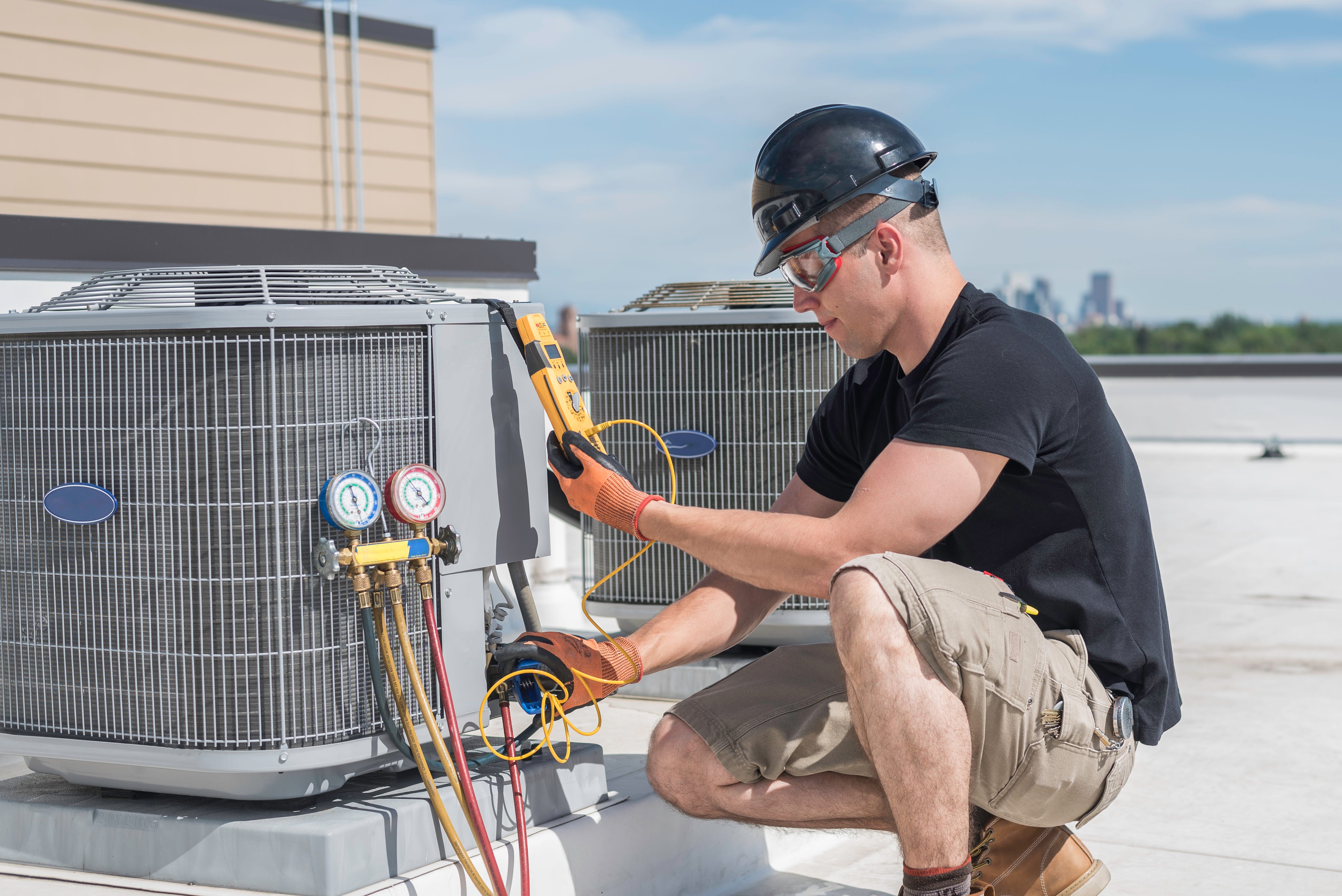The Role of an HVAC Damper Actuator in Temperature Control

The HVAC damper actuator is a simple component that is essential to many of the most important elements of a complex HVAC system, including properly routing supply and return air, operating mixing zones at terminals, and various elements of internal component operation such as energy recovery. Their ubiquity throughout a system has led to specialization in terms of granularity of operation and connections to centralized systems, and this will only continue.
Types of Multi-Zone HVAC Systems
A damper actuator is just one small, yet crucial component in a much larger commercial HVAC system. How a specifying engineer plans to set up the heating, cooling, and ventilation needs for multiple zones in a space will help determine what types of actuators and control dampers are needed. In general, the differences in systems are based on what kinds of supply air a given terminal receives and how mixing, if any, is conducted.
Single-Path Systems
Single-path systems are the simplest designs and are generally used for zones where there is relatively little difference in loads, like a strip mall with a similar number of windows for each unit. In this case, the air is treated by cooling coils or heating units to create a single flow of air. This is then sent out through the ducting and the HVAC damper actuators open to allow the air to flow into each space. If slight variations exist, the dampers are closed for zones that have reached the target temperature and the treated air flows through to the zones that require temperature control.
Dual Deck Zone Control
Dual deck zone control relies on two separate streams of air, one cold at roughly 50 to 55 degrees and the other at roughly 95 degrees. At each terminal inside the system, the air is mixed by opening the ducts to mix the different temperature airs to the ideal settings for each terminal. They are commonly used in larger buildings where the cold and warm air ducts will reach throughout the entire property to each zone.
Multi-Zone Dual Deck Zone Control
While lower in efficiency, multi-zone units have significant benefits for HVAC engineers who are looking for precision control of zone temperature and humidity. Rather than two ducts running throughout the building, multi-zone systems mix the air near the air conditioner based on the needs of each zone. Then a duct will run through to each terminal. This enables particularly fine control; however, there are efficiency concerns at the amount of time that the system is running both cool and warm air.
The Damper Actuator in Action
All remotely controlled actuators receive electrical signals to operate. There are several types of signals, depending on the amount of variation required in damper openings. For example:
-
The simplest damper actuators are open/close and will receive current with one of two voltage levels and either move the damper to fully open or fully closed positions.
-
With analog modulating control, the amount of voltage corresponds to the percentage the actuator moves the damper open. Unlike in some other systems, the circuits usually create a feedback signal so that the actuator “remembers” its position.
-
Floating point controls use voltage to activate one of two relays: one that pushes the damper towards fully open and the other that pushes it towards fully closed.
Damper Actuators in the Future
While damper actuators themselves are relatively simple, they must be interoperable with increasingly complex controls and be able to function in a variety of settings. There will continue to be a need to carefully select actuators that can perform to extreme precision throughout the lifecycle of the system and be able to be “future-proofed” with the capability to work with updated systems.
Find the HVAC Damper Actuator You Need
As a leading distributor for the most trusted names in commercial HVAC and dehumidification, Affiliated Parts has the kits that you need to maximize the performance and efficiency of your systems or those of your clients. Shop our complete list of replacement HVAC damper actuators or contact us for more information.














